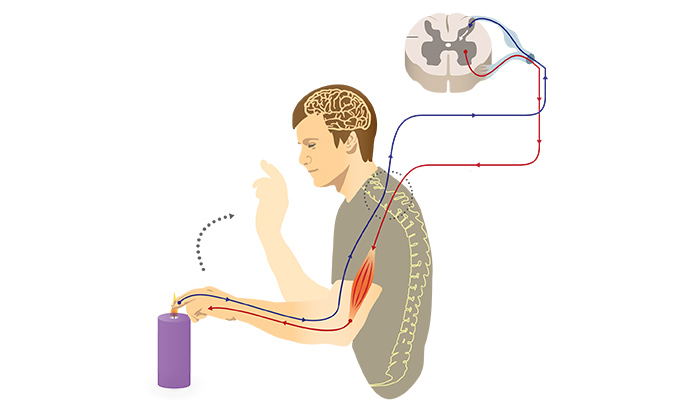

The brains of some animals, like apes, monkeys, and rodents, are structurally similar to humans (Figure 1), while others are not (e.g., invertebrates, single-celled organisms). Thus, evolutionary study of the nervous system is important, and it is the first step in understanding its design, its workings, and its functional interface with the environment. Evolution of the nervous system is intriguing not because we can marvel at this complicated biological structure, but it is fascinating because it inherits a lineage of a long history of many less complex nervous systems (Figure 1), and it documents a record of adaptive behaviors observed in life forms other than humans. Its complexity points to one undeniable fact-that it has evolved slowly over time from simpler forms. Many scientists and thinkers ( Cajal, 1937 Crick & Koch, 1990 Edelman, 2004) believe that the human nervous system is the most complex machine known to man.

Explain what lessons we learn from the evolutionary history of this organ.

Describe and understand the development of the nervous system.To study the nervous system, a number of methods have evolved over time these methods include examining brain lesions, microscopy, electrophysiology, electroencephalography, and many scanning technologies. The central nervous system is divided into forebrain, midbrain, and hindbrain, and each division performs a variety of tasks for example, the cerebral cortex in the forebrain houses sensory, motor, and associative areas that gather sensory information, process information for perception and memory, and produce responses based on incoming and inherent information. The peripheral nervous system controls volitional (somatic nervous system) and nonvolitional (autonomic nervous system) behaviors using cranial and spinal nerves. The nervous system is divided into central and peripheral nervous systems, and the two heavily interact with one another. In addition, studying the development of the nervous system in a growing human provides a wealth of information about the change in its form and behaviors that result from this change. Comparative study of physiological functioning in the nervous systems of different animals lend insights to their behavior and their mental processing and make it easier for us to understand the human brain and behavior. The original design of this system is preserved across many animals through evolution thus, adaptive physiological and behavioral functions are similar across many animal species. The mammalian nervous system is a complex biological organ, which enables many animals including humans to function in a coordinated fashion.


 0 kommentar(er)
0 kommentar(er)
